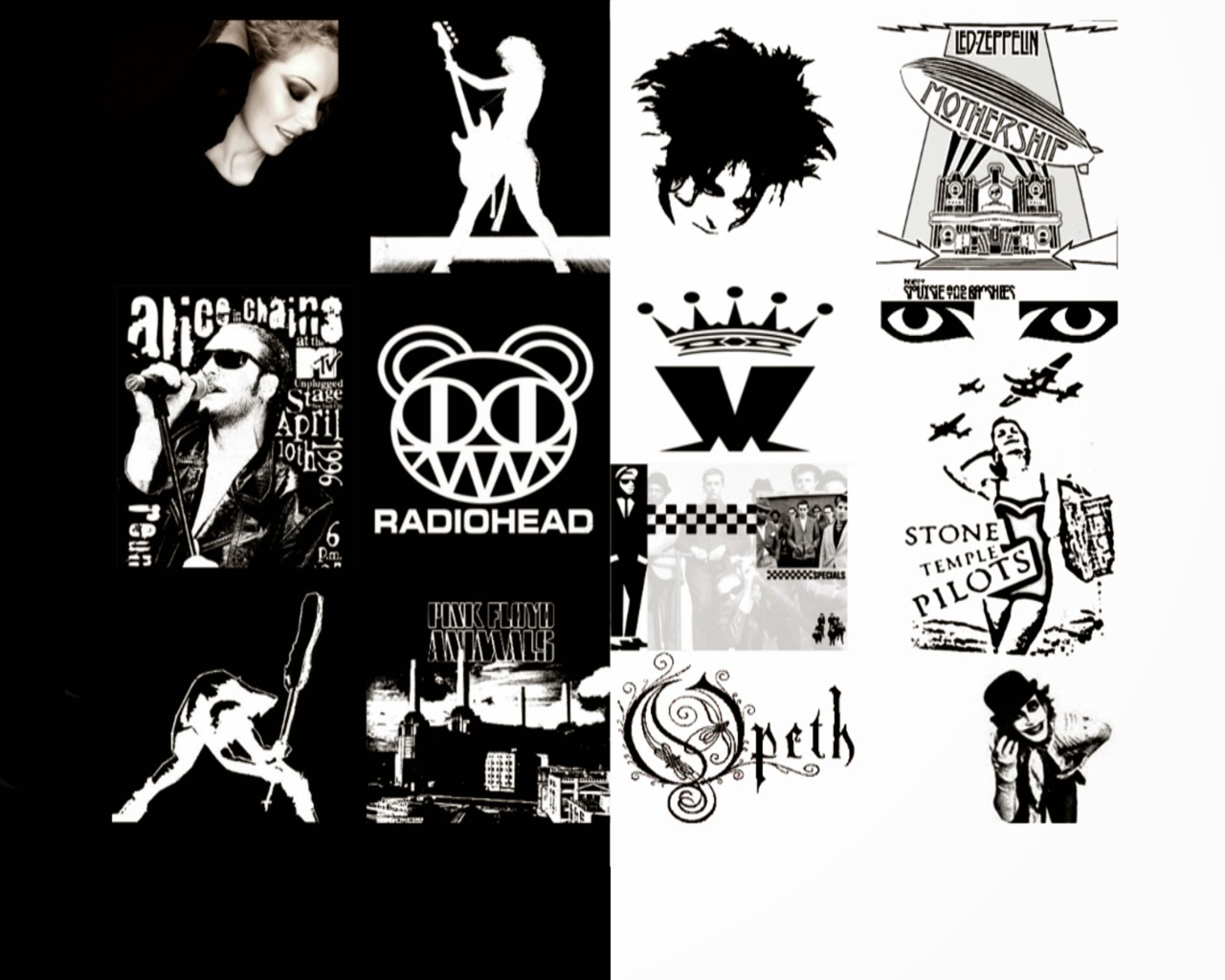Smart Cities
Sustainability & Technology
How Does a Smart City Happen?
by Charbel Aoun via cityminded.org
Cities are not about technology – yet technology can clearly help cities become better places to live, work and play. Technology improves urban efficiency, quality of urban life, as well as the economic, social and environmental attractiveness that makes cities prosper.
Citizens may not care about technology – but they do care about the reliability of the infrastructures they use every day; about the savings they can make by being more resource-efficient in how they use them; about the quality and availability of the public services that are provided to them by the city – all of which can be improved by technology.
This is why we believe that technology is a key enabler of a smart city – but it is by no means the only one. Collaboration is also critical – business, working closely with city leaders and communities, collaborating across domains of expertise, can help deliver the most value to people in the cities. Collaboration fosters genuine interaction among society, accelerates exchange and transfer of knowledge and delivers higher return on investment for all stakeholders.
Schneider Electric has implemented more than 200 smart city projects around the globe. Schneider Electric brings world-class expertise and many years of experience in helping cities move toward long-term sustainability goals by improving the efficiency of their existing infrastructure.
The Schneider Electric bottom-up, system-oriented approach encompasses five steps to a smart city:
- Setting the vision and roadmap for an efficient, livable, and sustainable city
- Combining best-in-class hardware and software to improve operating systems
- Bringing in integration for wider city operational and informational efficiency
- Adding innovation to make a holistic and sustainable future a reality
- Driving collaboration between the most well-suited global and local players, as well as across the entire smart city value chain
Using this approach, cities can realize a host of benefits. They can see up to 30 per cent energy savings. Up to 20 per cent reduction in water losses is possible. Up to 30 per cent reduction in street crime from CCTV security cameras can be delivered. Travel time and traffic delays can be reduced by up to 20 per cent. Other major non- environmental benefits include improved safety and higher quality of life, which in turn drives job creation and increases the talent pool, leading to higher tax revenue.
Cities have dramatically varying geographies, populations, natural resources, and individually unique pain points. So a smart city vision must be tailored to the unique needs, challenges, opportunities and resources of each city.
There are several triggers that can set cities on the path to becoming smart. A city may become host to a demonstration project, in which one or a few companies test their most innovative solutions. An example of this is the implementation of smart grid-ready district in Issy-les-Moulineaux, near Paris, France.
Or, a city could host a major international event, such as the Olympics or the World Cup. When a city is selected as the host for such an event, it often does so with the intent to use the event as a trigger for investment in new infrastructure, to regenerate some of its aging and/or underserved districts, as well as improve its aesthetic appeal and bring the eyes of the world — all at the same time.
The most available path to a smart city, however, is when a community takes it upon itself to define its sustainability vision and then lays out the roadmap needed to get there. Making sure this vision and path are well thought-out is one of the most critical tasks in the process, and most cities need support to develop their roadmap to becoming smart.
With a vision in place, city officials should start by improving existing operating systems, such as electricity, water, transportation, and gas. A combination of connected hardware, software, and metering then facilitates integration and collaboration between systems and networks. This allows a city to create a critical mass of relevant, meaningful data that enables the continuous improvement of the systems themselves.
But integration does more than just improve operations. Connecting systems, when relevant to the city’s people, delivers a tremendous volume of information which can be analyzed by intelligent software systems. This data analysis will allow cities to develop actionable information that can be used to deliver better, more effective and efficient public services.
Finally, communities must involve all of their key stakeholders, government officials, citizens, and the private sector, in the process — or face tremendously difficult obstacles in turning their vision into reality. No single company or organization can build a smart city alone. Each city deserves the best in class players on both a local and global level — from the technologies installed, to the operation and maintenance.
More Articles via Cityminded.org
Charbel Aoun is Senior Vice President of Smart Cities - Strategy & Innovation at Schneider Electric. He is an innovative, resourceful senior business leader with 25 years of driving large ICT transformations at industry leaders like Schneider Electric, Cisco Systems, and Accenture.View all posts by Charbel Aoun
"No Copyright Infringement Intended, Strictly For Promotional Purposes Only! All Rights Reserved To Their Respective Owners."
"Copyright Disclaimer Under Section 107 of the Copyright Act 1976, allowance is made for "fair use" for purposes such as criticism, comment, news reporting, teaching, scholarship, and research. Fair use is a use permitted by copyright statute that might otherwise be infringing. Non-profit, educational or personal use tips the balance in favor of fair use."
"Copyright Disclaimer Under Section 107 of the Copyright Act 1976, allowance is made for "fair use" for purposes such as criticism, comment, news reporting, teaching, scholarship, and research. Fair use is a use permitted by copyright statute that might otherwise be infringing. Non-profit, educational or personal use tips the balance in favor of fair use."











































0 comentarios :